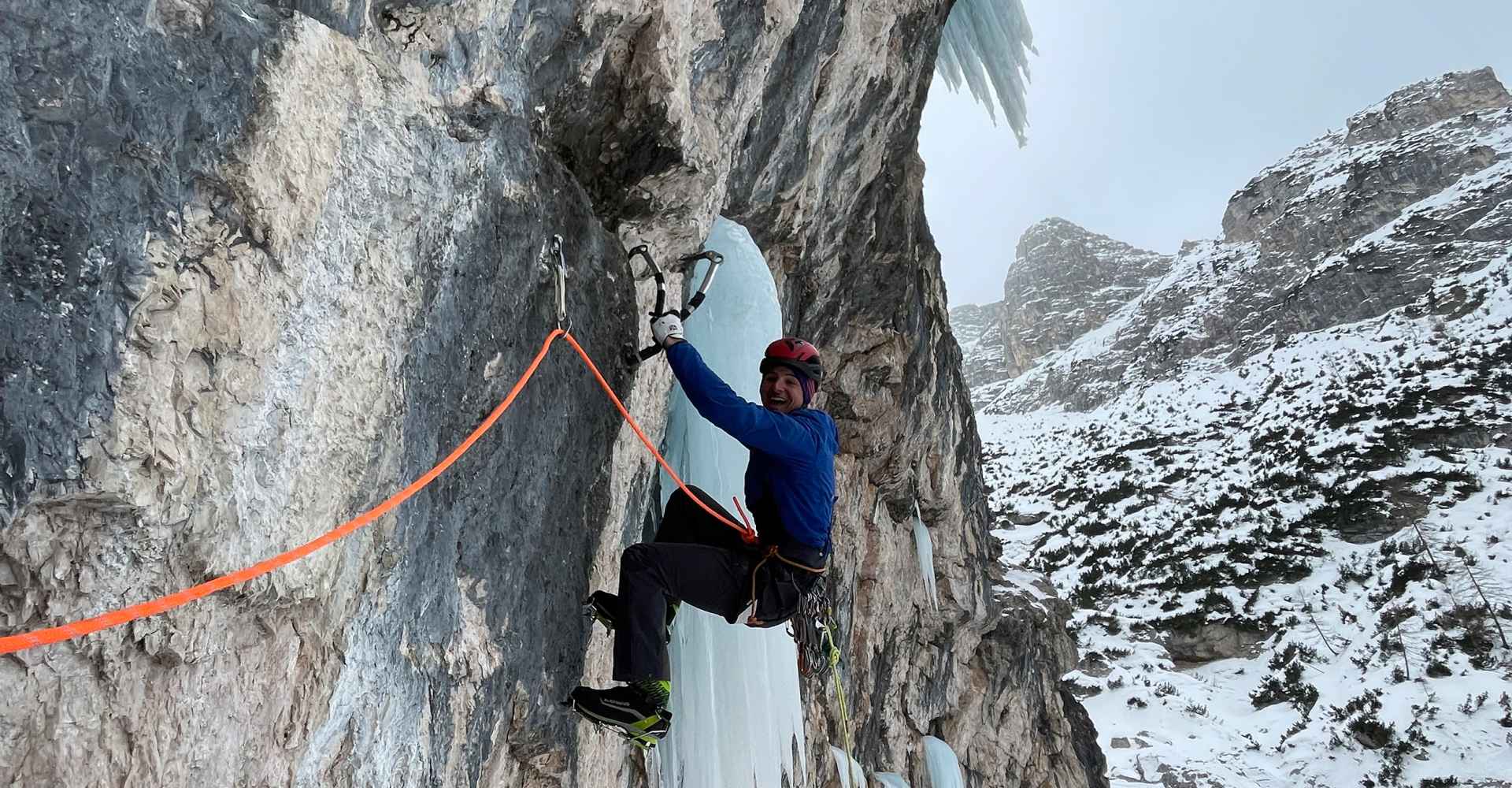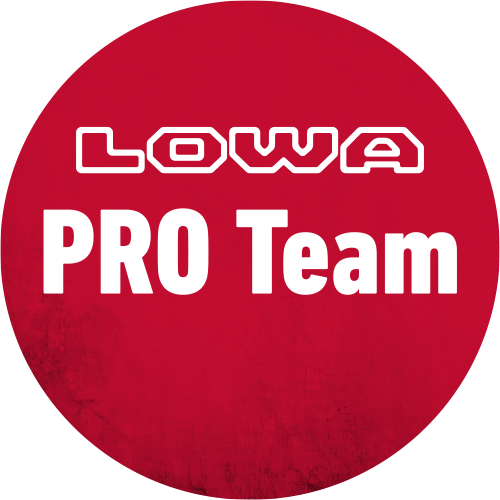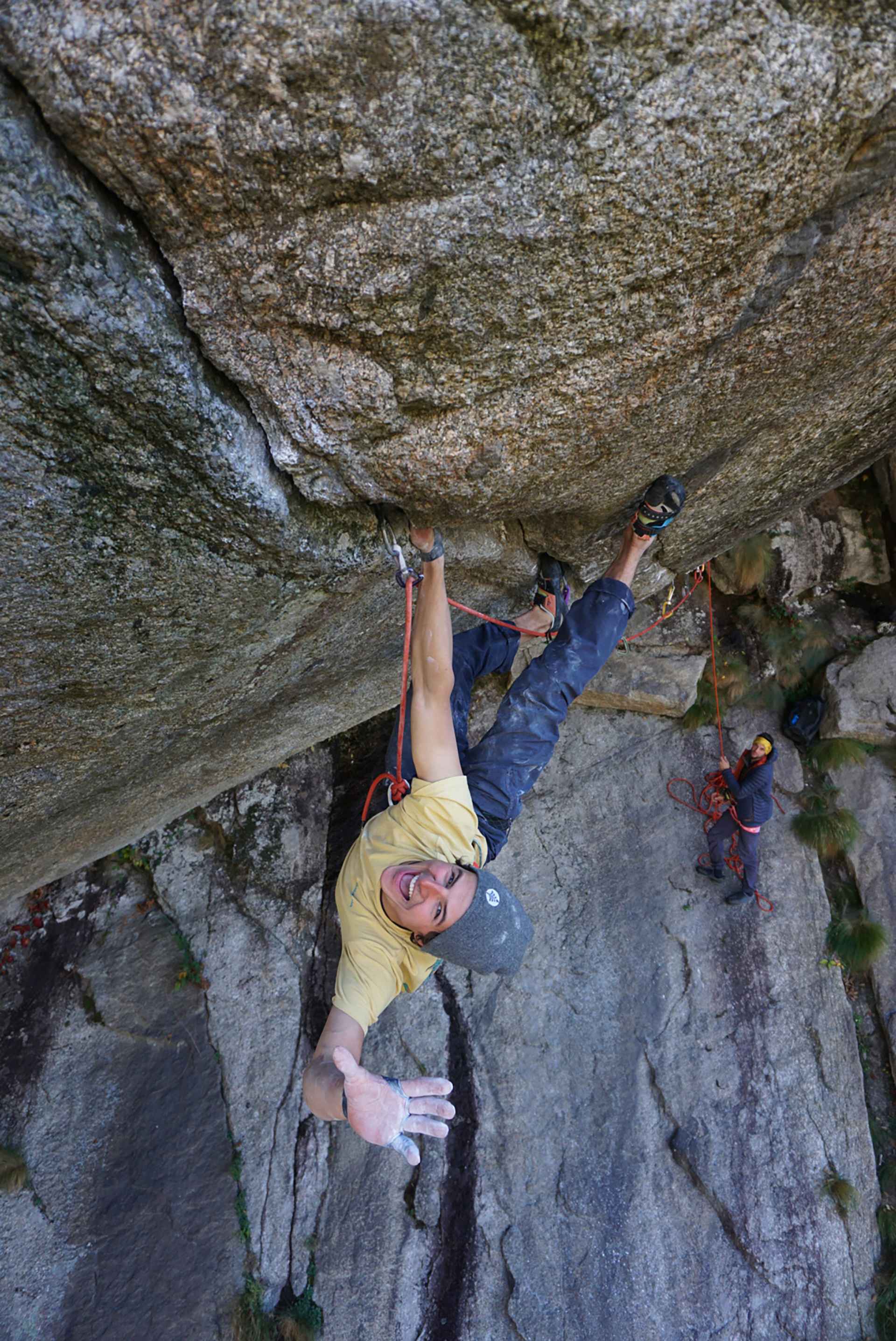Yannick Glatthard,
What attracted you to mountain sports, and what made you choose them specifically, rather than something else?
“I stood on skis for the first time at the age of two, and at six I discovered climbing. When I got older, at the age of 13 to be exact, I tried out ice climbing. And I really liked that a lot too. What I love about mountain sports is that you can do something in every season; each time of the year has its own form of exercise.”
Do you have a role model?
“Yes, my first climbing instructor. In my opinion, anyone can train children – but being able to make it such a joyful experience, that they are still climbing 20 years later, is not to be taken for granted.”
How has sport changed your life?
“For me, as a child, sport was a great chance to get to know new people and places. It was exciting, everything was unfamiliar, and a lot was going on. Today, sports have much more to do with the mental challenge involved. You have to make decisions, sometimes in a split second. Through mountain sports, I became independent at an early age and learned to take responsibility.”
How do you prepare for your expeditions? Do you have a special ritual?
“I’ve always had different rituals at the competitions. For example, I always wrote my goals on my gloves.
And on big tours, I listen a lot to my gut feeling. Usually only a few people know about my projects, because as soon as there is a lot of hype about an upcoming project, I quickly start to feel uncomfortable.”
What do you always take along with you on your expeditions or tours? What could you never do without? Perhaps something totally unusual?
“Footwear from Lowa.
And my girlfriend gave me a chain with an ice pick pendant for my birthday which I take everywhere with me; it’s my lucky charm.”
What were your greatest sporting successes (e.g. in competitions, expeditions, ascents)?
“In the case of competitions, it was most certainly the three Junior World Championship titles, and the World Cup victories in ice climbing.
In mixed climbing, it was doing the most difficult mixed route in America (Saphira M15) onsight in North America.
In the discipline of alpinism, I’ve had several victories, as already mentioned above: for example the crossing of the Zinnen, and the “Best of Grimsel” project.
For me, however, sporting success also includes other things, such as coming home healthy and happy in one piece. It’s just as important to cancel a project if something is not right.”
And last but not least: which place should everyone have seen at least once in their lives?
“The Engelhörner mountain range in the beautiful Haslital Valley.”




